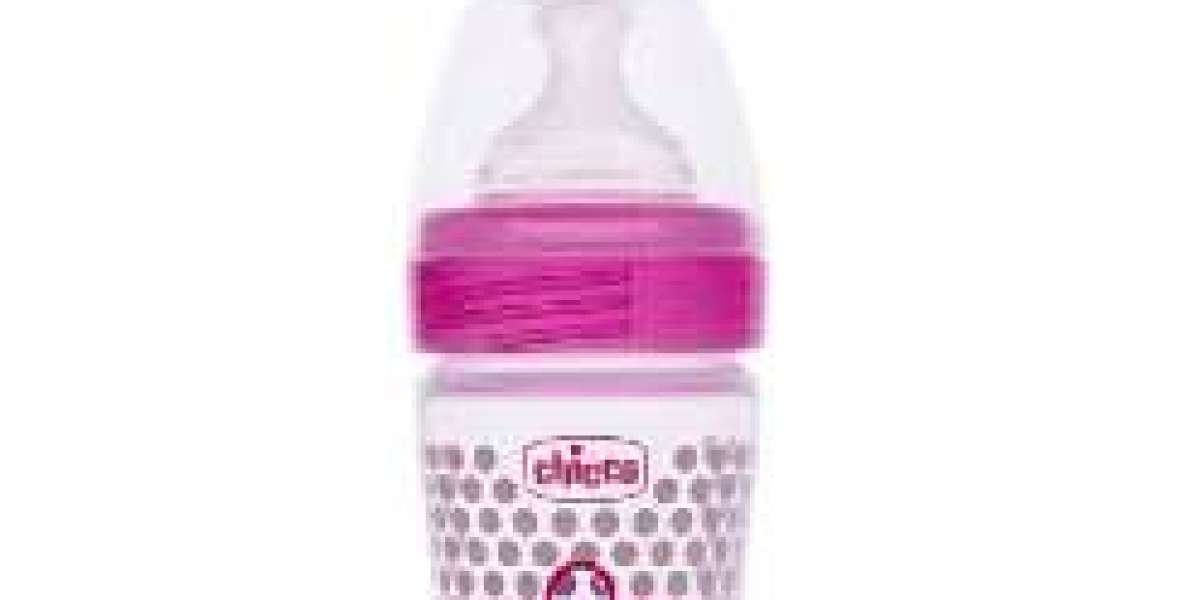Transitioning from breastfeeding to a feeding bottle can be a challenging process for both mothers and babies. While some babies may adapt easily to the change, others may resist the idea, causing frustration and stress for parents. However, with the right approach, you can make this transition smoother and more enjoyable for your little one. In this guide, we'll explore effective strategies to help you navigate the transition from breastfeeding to a feeding bottle while minimizing stress for both you and your baby.
1. Understanding the Transition
Before diving into the practical tips, it’s essential to understand why this transition is necessary. There are many reasons parents choose to introduce a feeding bottle, such as returning to work, needing more flexibility, or wanting to share feeding responsibilities with a partner or caregiver. Whatever your reasons, it’s important to approach this transition with patience and understanding.
2. Choose the Right Feeding Bottle
One of the most critical factors in ensuring a smooth transition is selecting the right feeding bottle. Here are some tips on choosing the best bottle for your baby:
a. Nipple Shape and Flow Rate
Select a nipple that closely resembles the breast in shape and feel. Many brands offer bottles with nipples designed to mimic the breast, which can help your baby feel more comfortable. Additionally, start with a slow flow nipple to prevent overwhelming your baby.
b. Material Matters
Feeding bottles come in various materials, such as plastic, glass, and silicone. Choose one that feels comfortable for you to hold and is easy to clean. If you’re concerned about safety, opt for BPA-free bottles.
c. Try Different Brands
Every baby is different, and some may prefer one bottle brand over another. Be prepared to try a few different options before finding the perfect fit.
3. Timing the Transition
Timing is crucial when introducing a feeding bottle. Here are some tips on when to start the transition:
a. Wait Until Breastfeeding is Established
If your baby is still very young, it's best to wait until breastfeeding is well established, typically around 4 to 6 weeks of age. This allows your baby to become accustomed to breastfeeding before introducing a bottle.
b. Choose the Right Moment
Look for a calm and relaxed time to start the transition. Avoid introducing the bottle during stressful periods, such as teething or illness. Instead, choose a time when both you and your baby are feeling good and ready to try something new.
4. Introducing the Bottle Gradually
A gradual introduction can help your baby adjust to the bottle without feeling overwhelmed. Here are some steps to consider:
a. Start with Familiarity
Begin by allowing your baby to become familiar with the feeding bottle without any pressure. Let them explore the bottle, hold it, and even chew on the nipple if they wish. This will help them associate the bottle with comfort.
b. Offer Expressed Breast Milk
To make the transition smoother, consider offering expressed breast milk in the bottle. This ensures that your baby is getting a familiar taste and scent, making them more likely to accept it.
c. Use Skin-to-Skin Contact
Try feeding your baby in a similar position to breastfeeding. Hold them close, cuddle them, and maintain skin-to-skin contact to create a comforting environment.
d. Allow Others to Help
If your baby is reluctant to take the bottle from you, have another caregiver try feeding them. Babies can sometimes be more willing to accept a bottle from someone else, especially if they associate you with breastfeeding.
5. Be Patient and Flexible
Patience is key during this transition. Here are some important reminders:
a. Expect Resistance
It's normal for babies to resist the bottle initially. They may cry, turn away, or refuse to suck. Stay calm and keep trying without forcing the issue. If your baby continues to resist, take a break and try again later.
b. Offer Short Feedings
Start with short feeding sessions. If your baby is willing to take the bottle, allow them to feed for a few minutes, then gradually increase the duration as they become more comfortable.
c. Avoid Stressful Environments
Try to create a calm and soothing atmosphere during feeding times. Dimming the lights, playing soft music, or using a comfortable feeding chair can help your baby feel more at ease.
6. Recognize Signs of Readiness
Every baby is different, and some may take longer than others to adapt. Pay attention to your baby’s cues and readiness for the transition. If they seem more open to the bottle, that's a good sign to continue.
Conclusion
Transitioning from breastfeeding to a feeding bottle can be a significant milestone for both you and your baby. By choosing the right feeding bottle, timing the transition correctly, and introducing the bottle gradually, you can minimize stress and create a positive feeding experience. Remember to be patient and flexible throughout the process, as each baby has their unique preferences and pace. With love, support, and understanding, you can make this transition a successful and enjoyable journey for both you and your little one.







